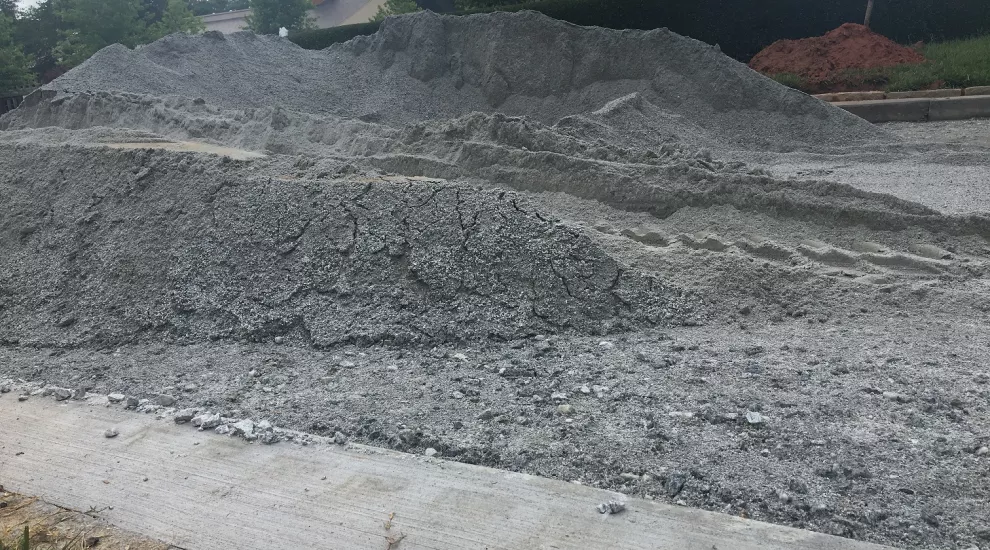
The word catastrophic was coined to describe the 2015 floods in Columbia, South Carolina. The severe flooding trapped residents in their homes, standing by for rescue teams' assistance. Photos from the Weather Channel compare normal conditions to flood conditions and the difference is alarming. The flood that reaped havoc two years ago has left a stain of concern among the students of the University of South Carolina and of the capital city.
University of South Carolina student, Carolyn McCullough, explains her uneasiness anytime torrential downfall is in the weather broadcast. “I’ve been here for the past two years and the flooding is just as bad, if not worse, than Charleston. Anytime a storm is rolling through, we are advised to move our cars from our apartment parking lot to a parking garage,” McCullough states. She continues to explain how the severe weather disrupts academic and college life, “Classes have been cancelled due to the severity of the flooding, roads have been closed, and cars have been totaled. It really makes you reconsider bringing personal transportation to college.”
These floods yield diverse concerns. As aforementioned, it is a safety concern for residents and students; but it also is an environmental and economic issue. From an environmental standpoint, the use of impervious surfaces is increasing the chance of flash flooding. Lance Frazer, author of article Paving Paradise: The Peril of Impervious Surfaces, describes impervious surfaces as, “surfaces [that] can be concrete or asphalt, they can be roofs or parking lots, but they all have at least one thing in common—water runs off of them, not through them.” The impenetrable nature of impervious surfaces does not allow rain to filter through the ground, but instead to run off. And if the state continues to expand using impervious surfaces, future floods may be inevitable.
In addition to safety and environmental issues, the flood reparations and damages are draining the state’s pockets. According to The State, flood losses are pushing $1.5 billion, and that includes $587 million in agricultural losses, $181 million in insurance claims, and $35 million in tourism losses.
But there is an alternative to the impervious surfaces that contribute to the state’s floods. Recycleworks.org lists several ways to minimize impervious surfaces by implementing materials that promote more water filtration. Porous structures allow rainwater to pass directly through the pavement and into the soil, which concrete and asphalt fail to do. These floods may continue if impervious surfaces persist and the capital city of the Palmetto state could encounter damages that are difficult to repair.
